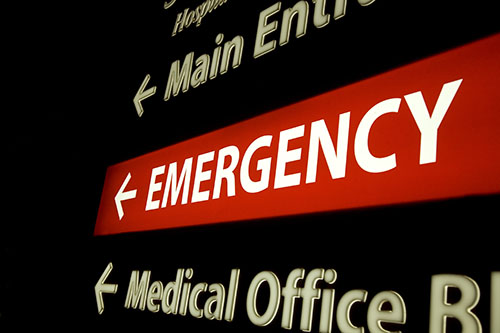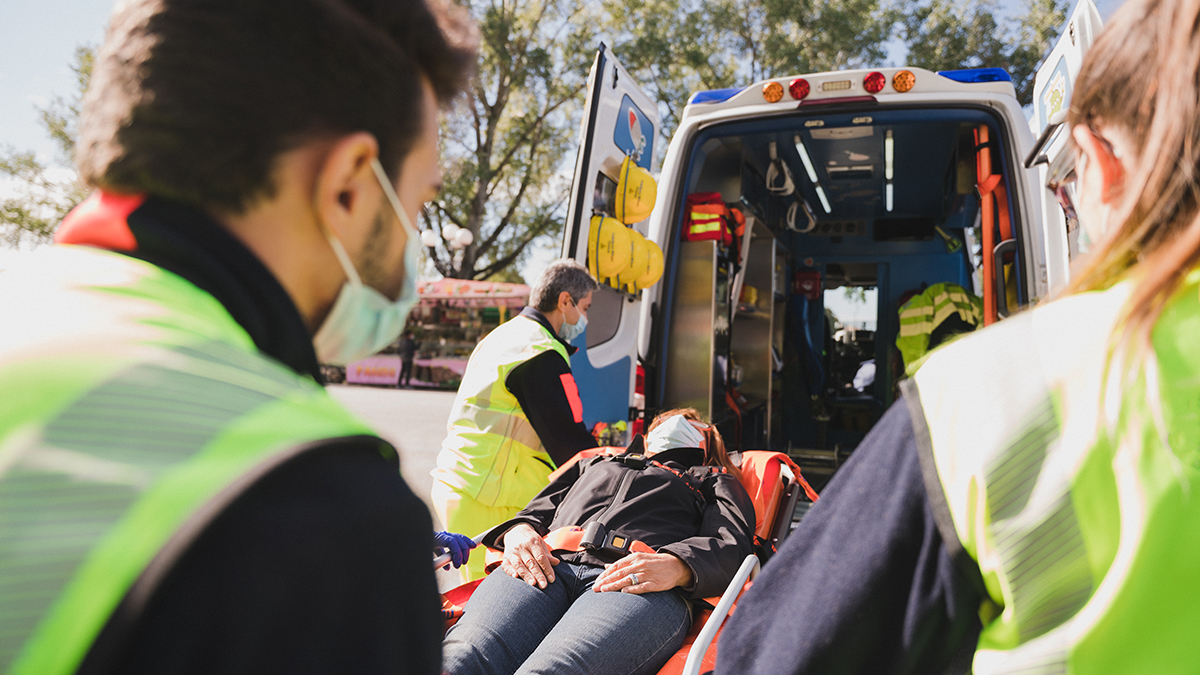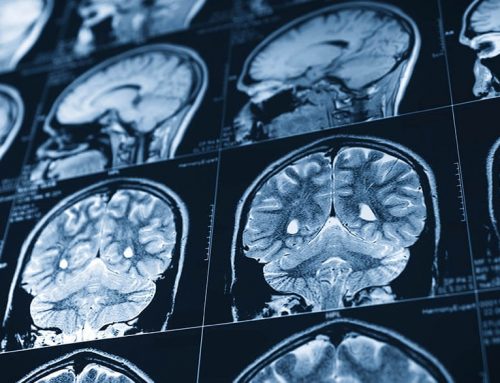
Stroke is no friend to women. It kills more women than men and women have more strokes than men.
In fact, one in five women has a stroke.
The higher stroke risk in women might be due to:
- Pregnancy –The risk of stroke in pregnant women is 21 per 100,000, with the highest stroke risk during the third trimester and post-partum. Those with high blood pressure should be treated with medications and monitored closely.
- Preeclampsia – This is high blood pressure that develops during pregnancy. Preeclampsia doubles the risk of stroke later in life. If you have any history of hypertension, talk to your healthcare provider about taking low-dose aspirin starting in the second trimester.
- Birth control pills – Birth control pills have become much safer over time, but women who are already at risk of stroke should take extra precautions. Get screened for high blood pressure before the pill is prescribed. And never smoke while taking oral contraceptives.
- Hormone replacement therapy – This type of therapy should never be used to prevent stroke in post-menopausal women.
- Migraines with aura –Migraine with aura is associated with ischemic stroke in younger women, particularly if they smoke or use oral contraceptives. Smokers with migraines accompanied by aura should quit immediately.
- Atrial fibrillation – This increases stroke risk among women over age 75 by 20 percent.
Because of the high stroke risk in women, it’s important to take care of yourself. Get lots of rest, eat the right foods and be physically active. And don’t smoke!
Common Stroke Symptoms
Stroke symptoms are often called suddens, because they come on suddenly.
- SUDDEN numbness or weakness of face, arm or leg, especially on one side of the body
- SUDDEN confusion, trouble speaking, or understanding
- SUDDEN trouble seeing in one or both eyes
- SUDDEN trouble walking, dizziness, loss of balance or coordination SUDDEN severe headache with no known cause
Unique Symptoms in Women
Women may report symptoms that are different from the common symptoms.
They can include:
- Loss of consciousness or fainting
- General weakness
- Difficulty or shortness of breath
- Confusion, unresponsiveness or disorientation
- Sudden behavioral change
- Agitation
- Hallucination
- Nausea or vomiting
- Pain
- Seizures
- Hiccups
Unique symptoms create a problem, because they’re often not recognized as a stroke symptom, and treatment is often delayed. The most effective stroke treatments are only helpful if the stroke is recognized and diagnosed within the first three or 4.5 hours of the first symptoms. Regardless, time is always important when reacting to a stroke.






Leave a Reply